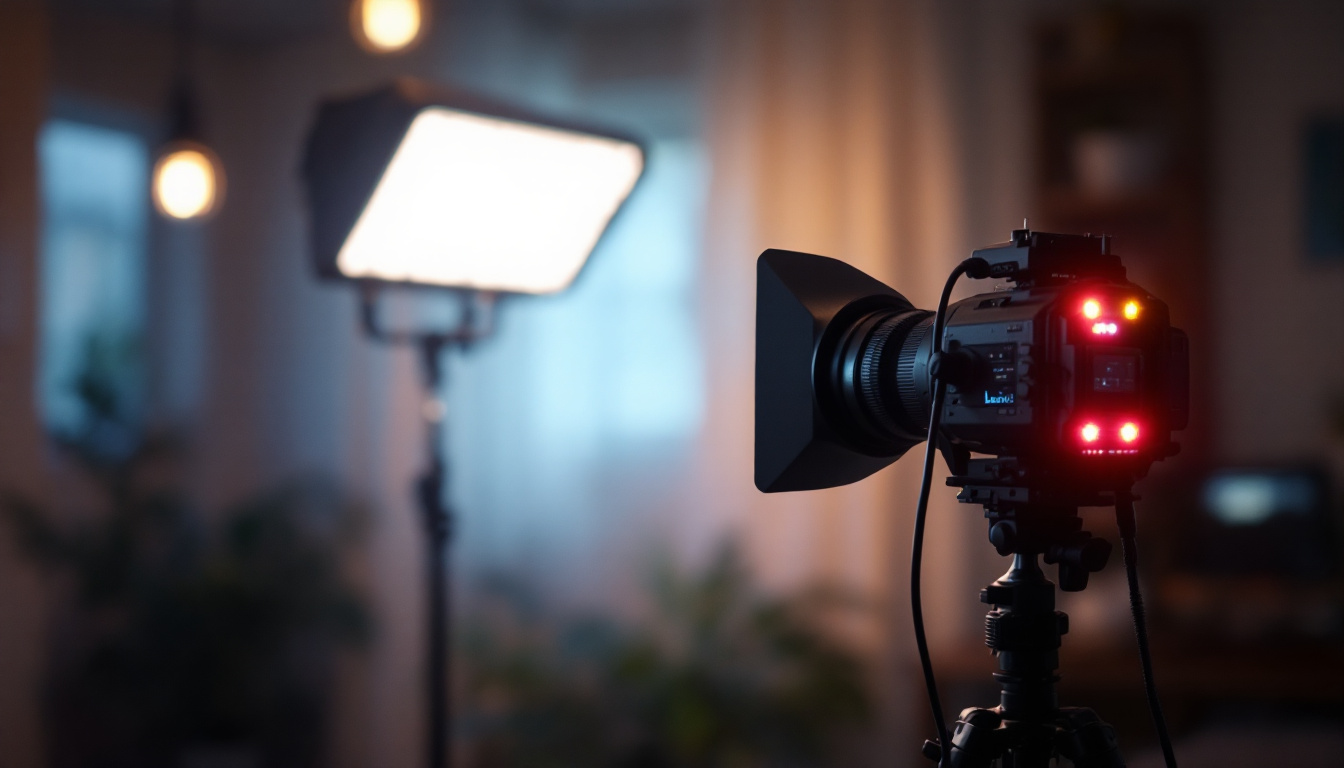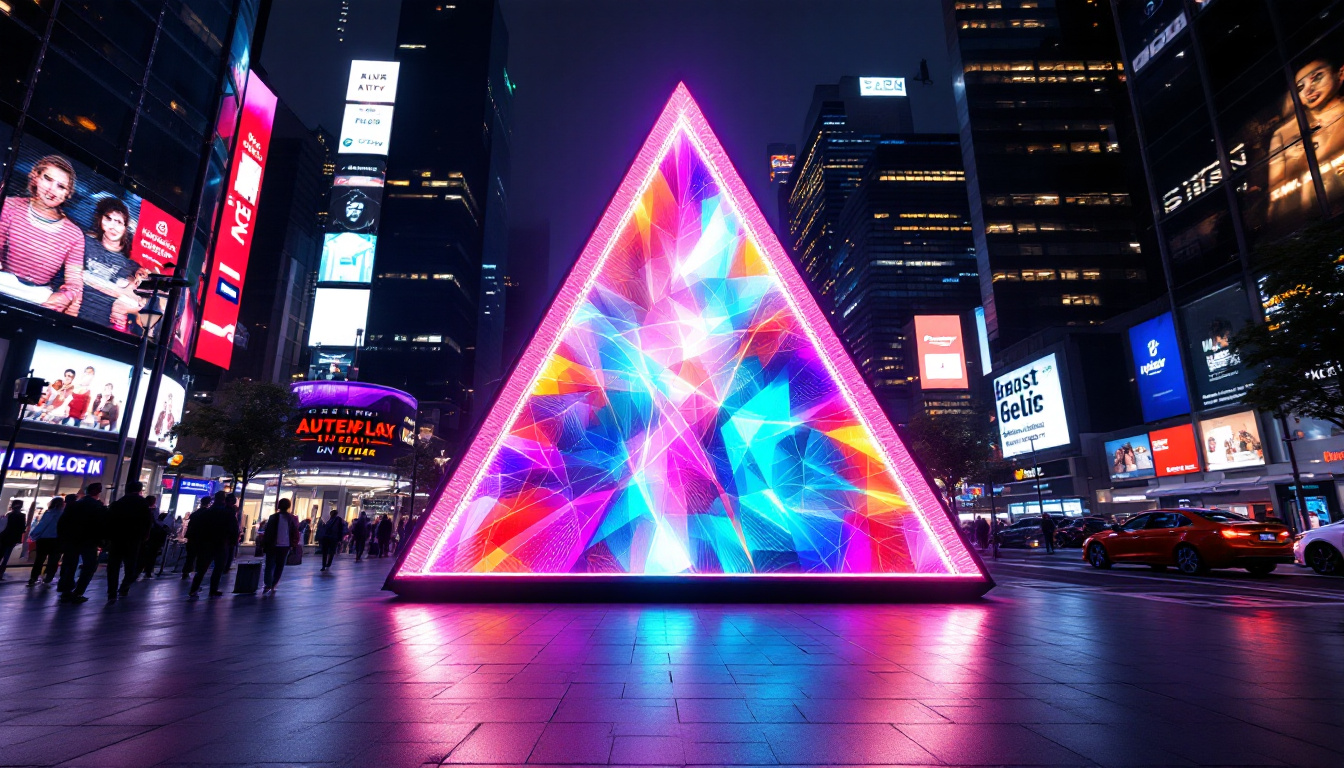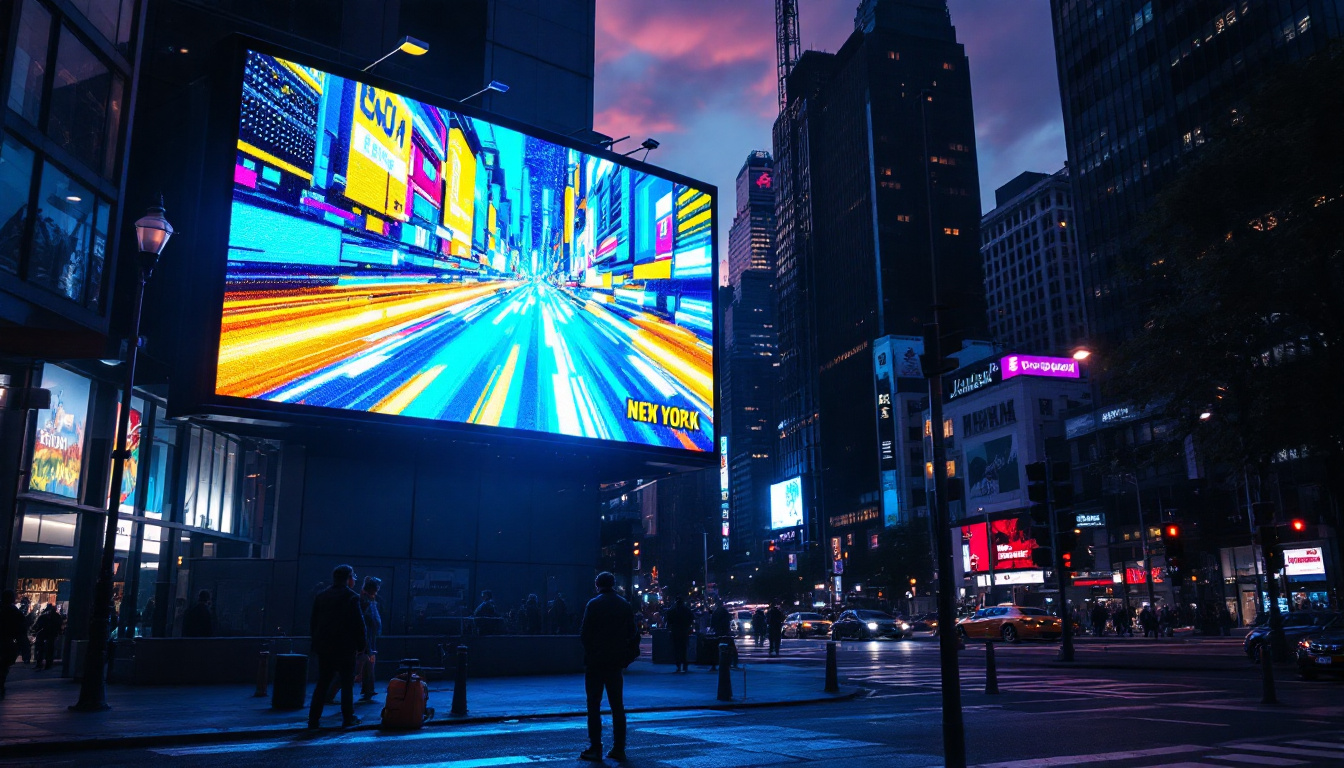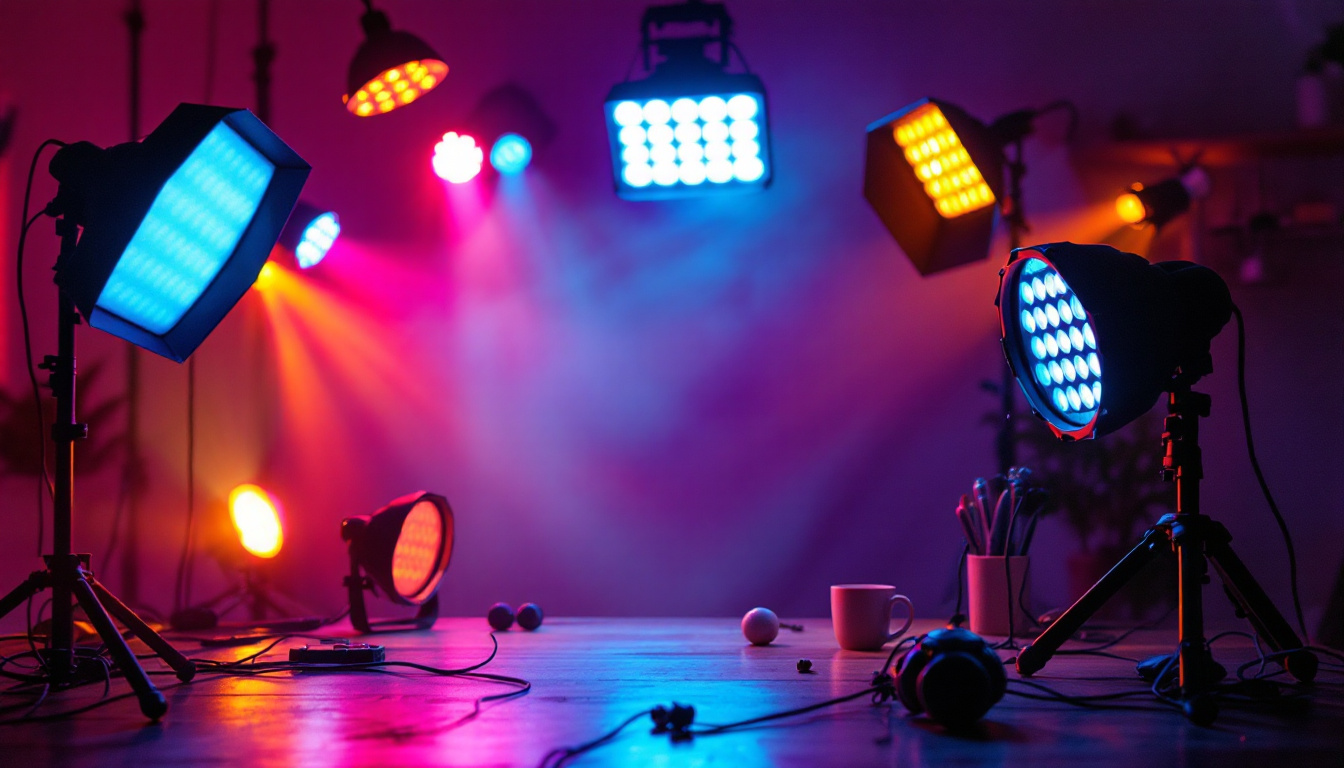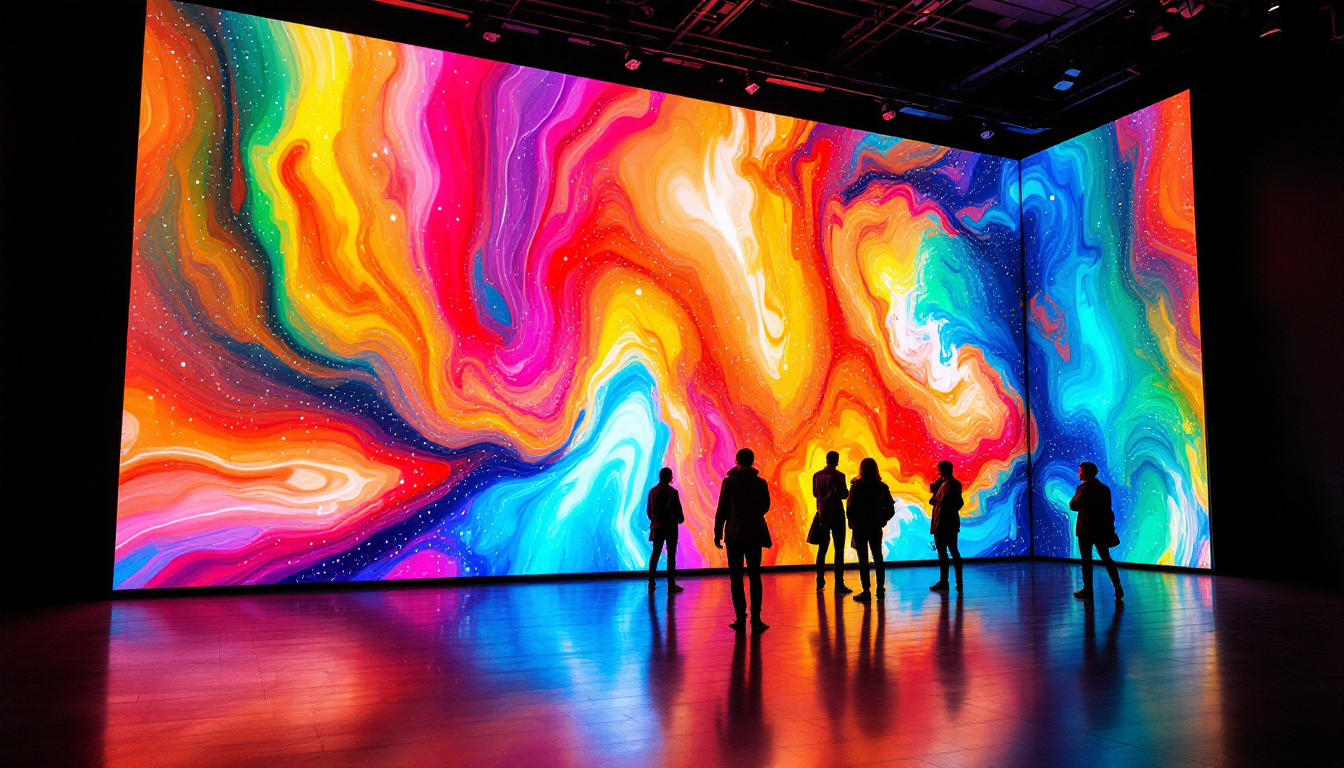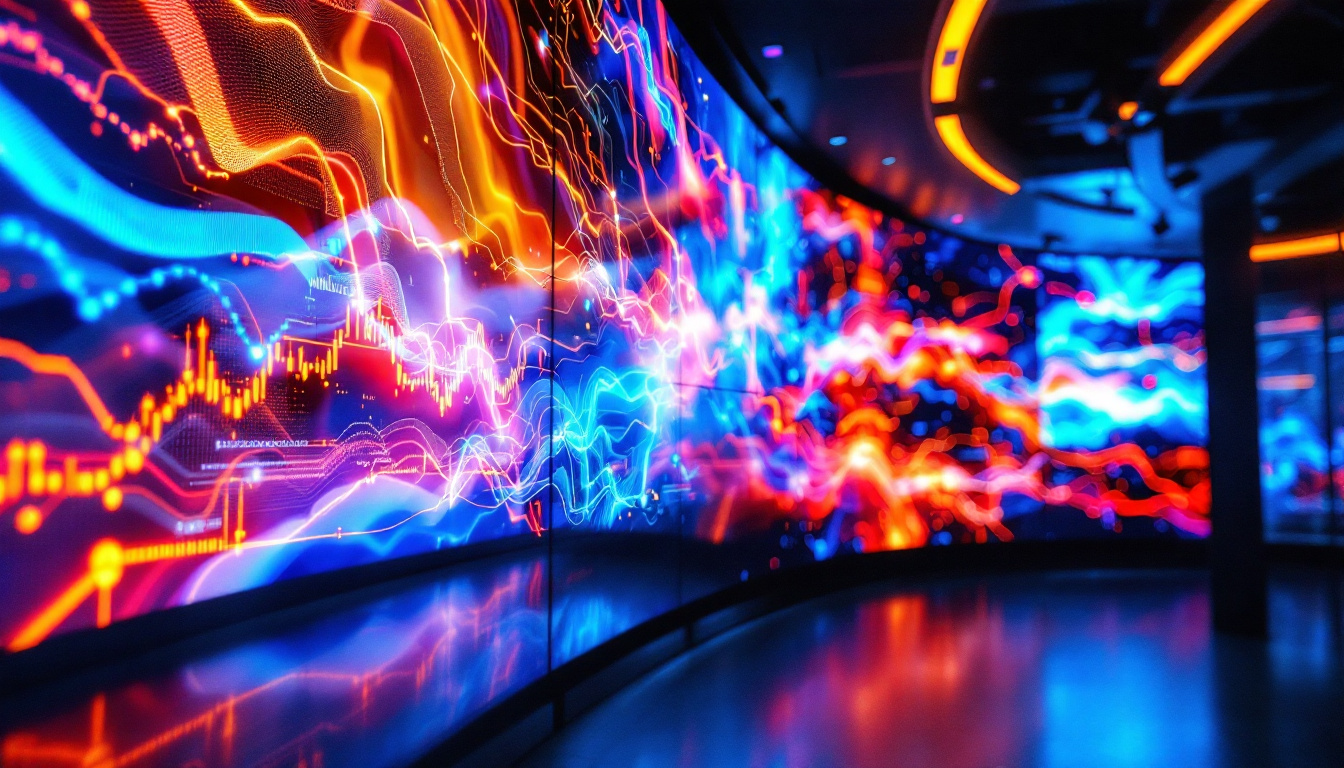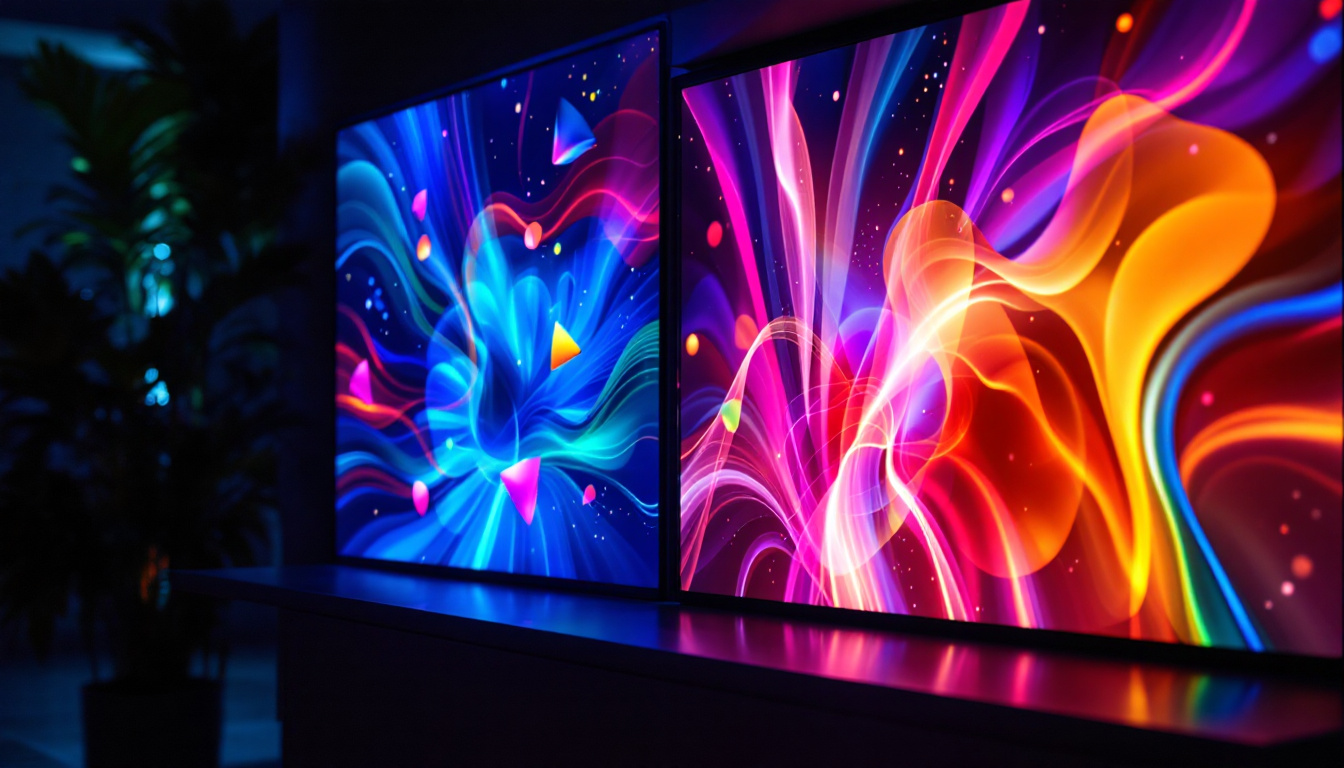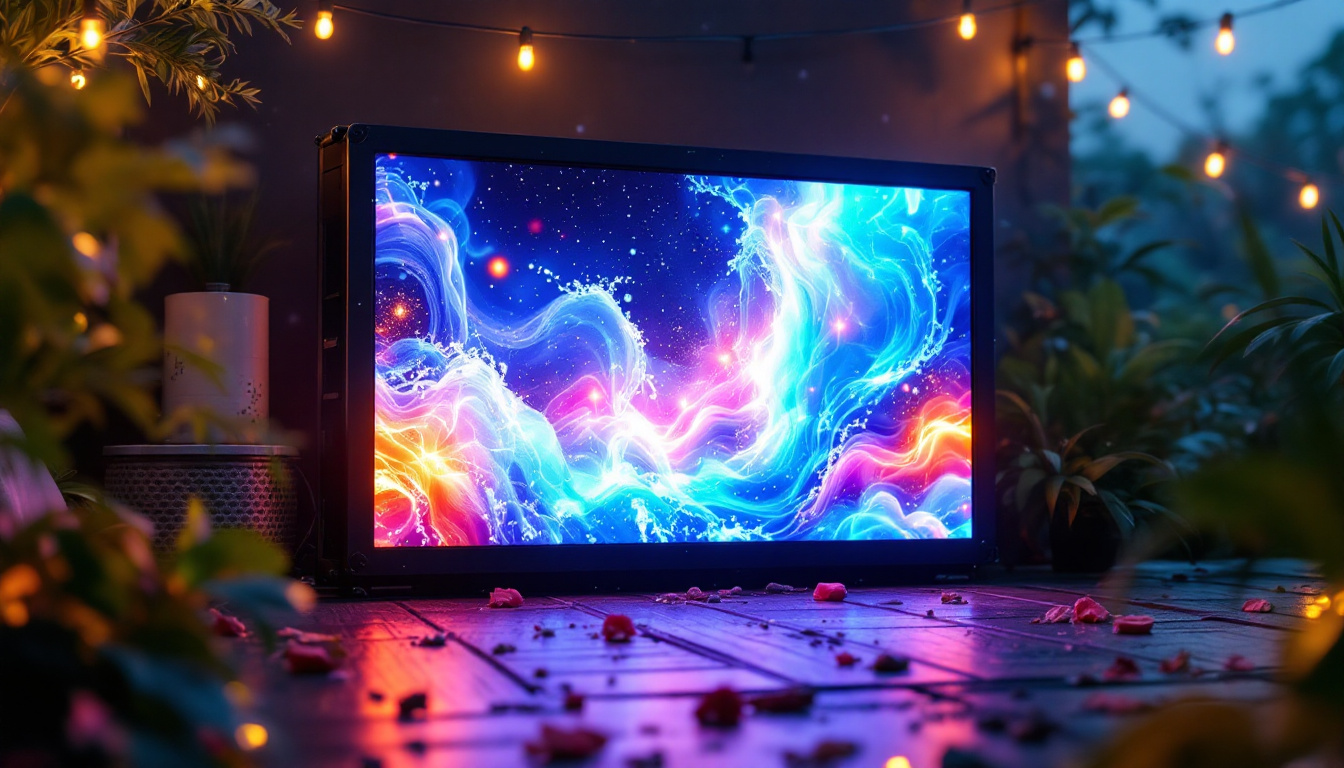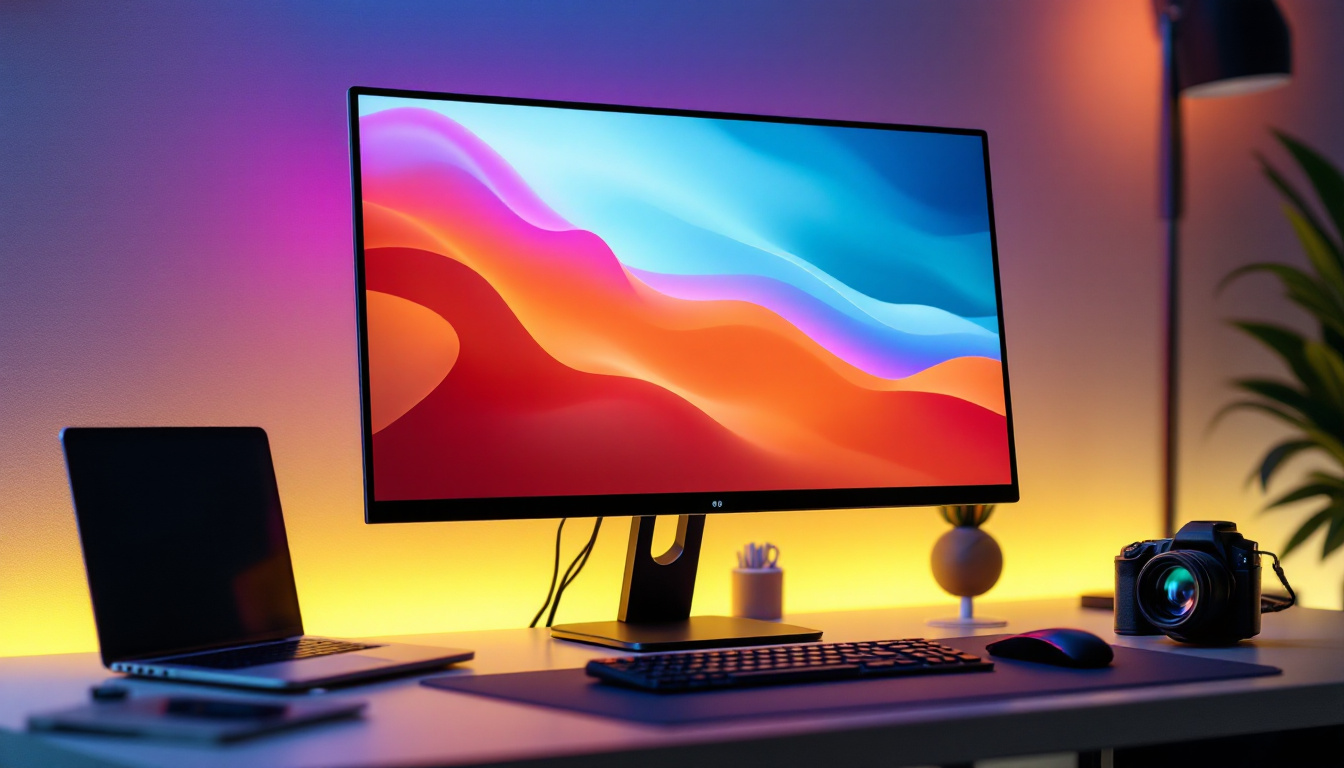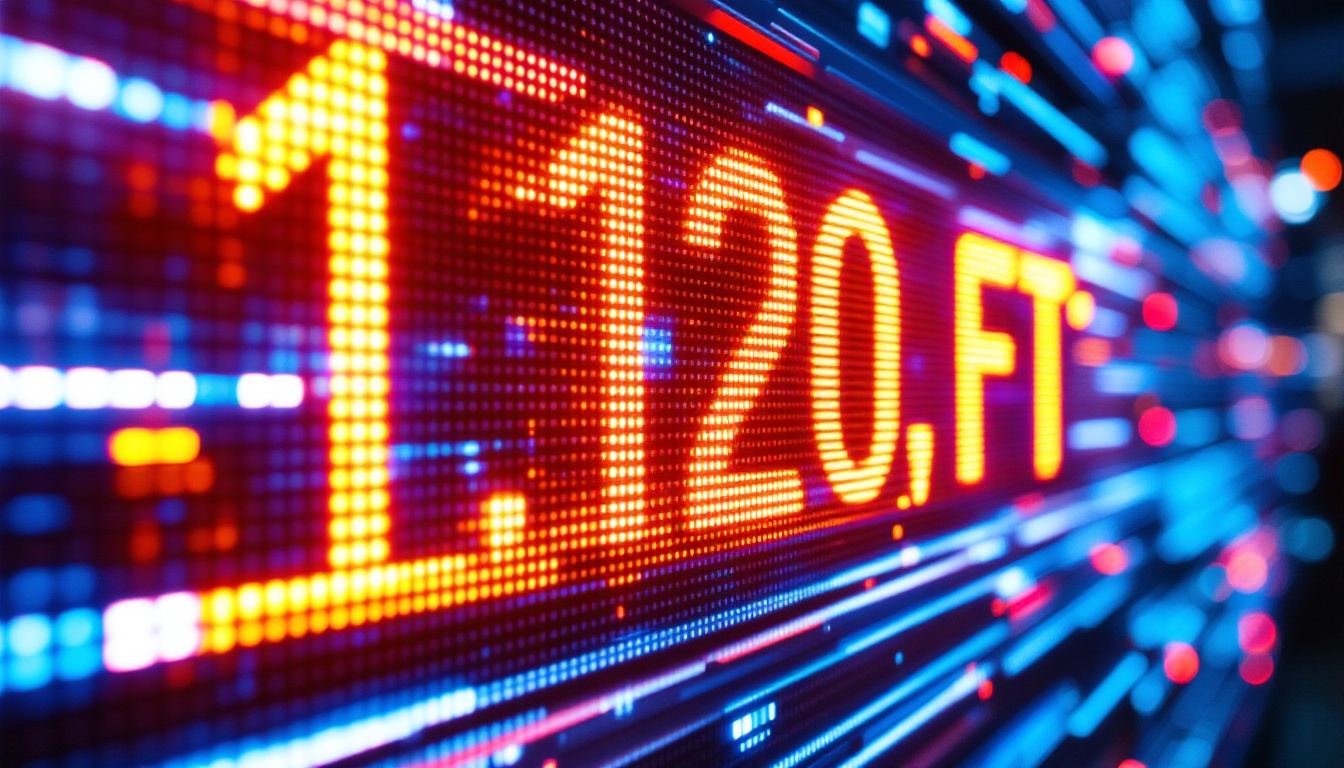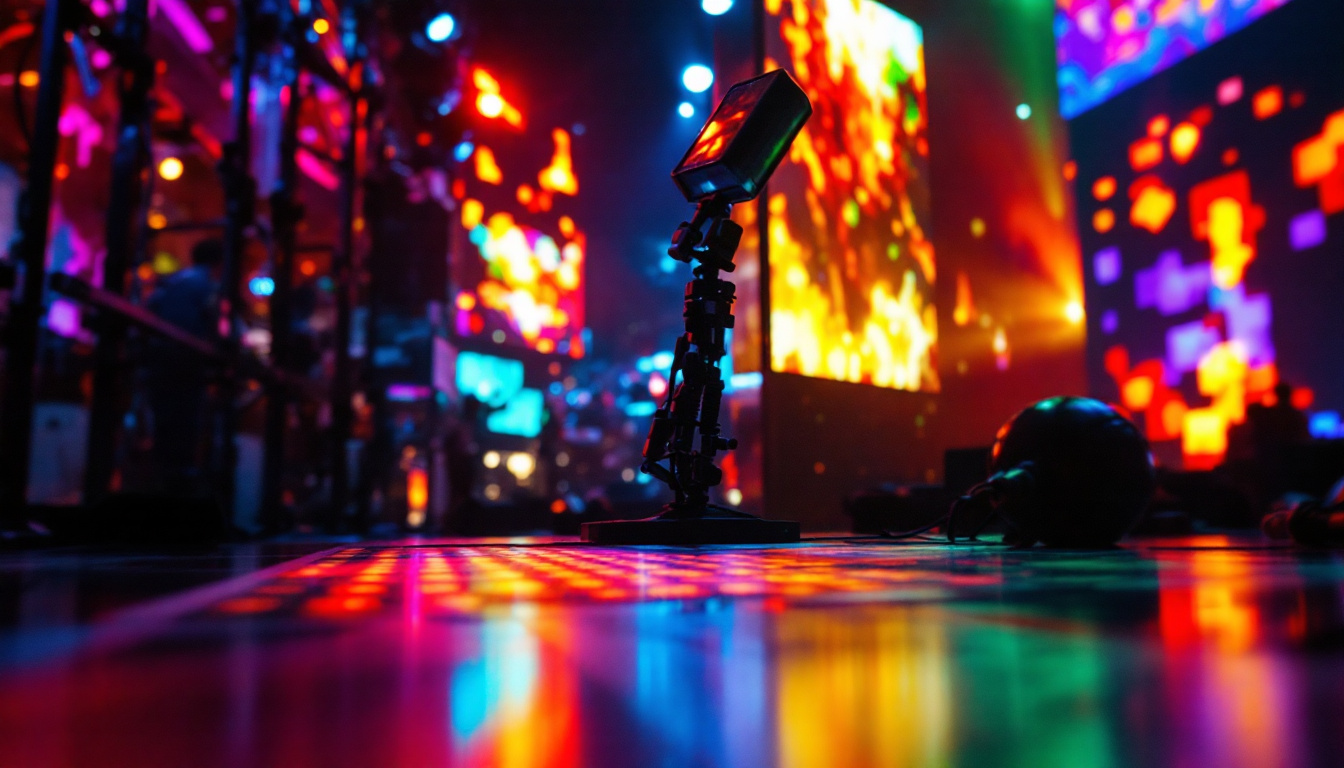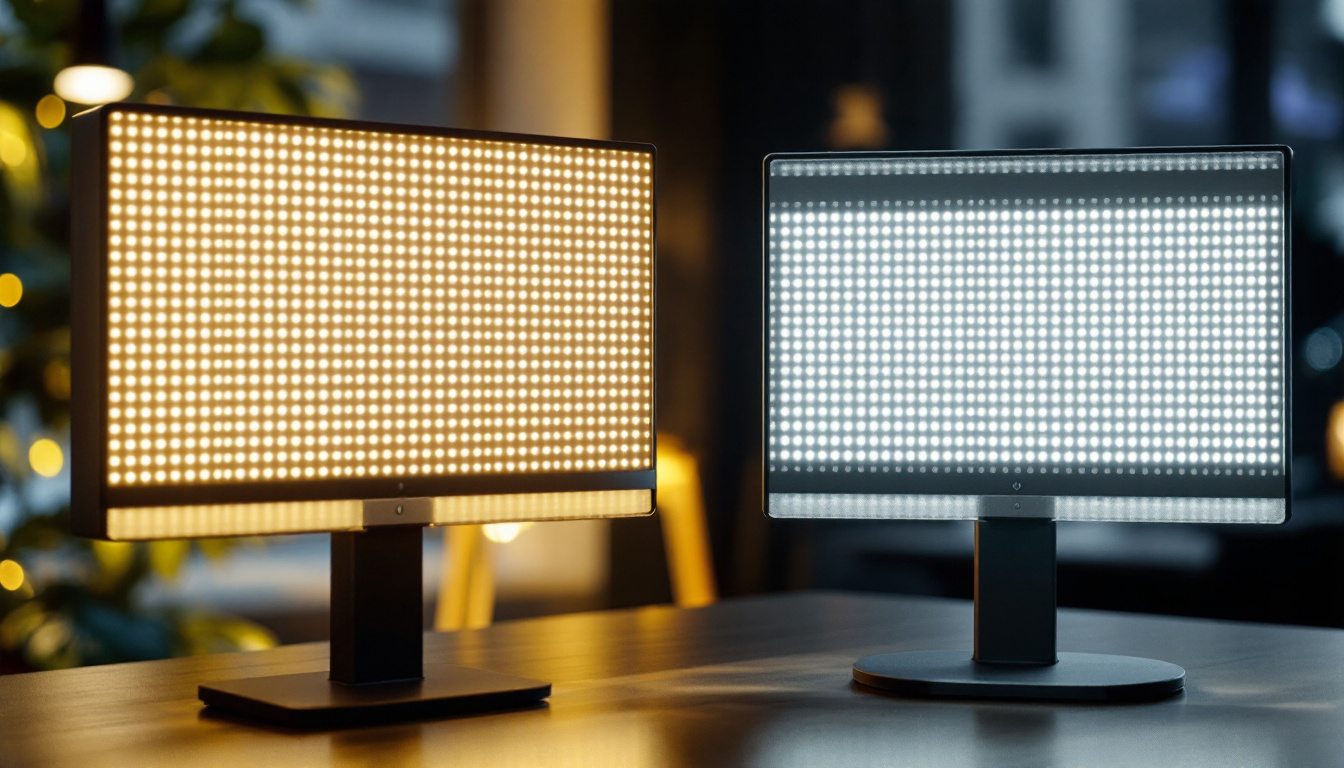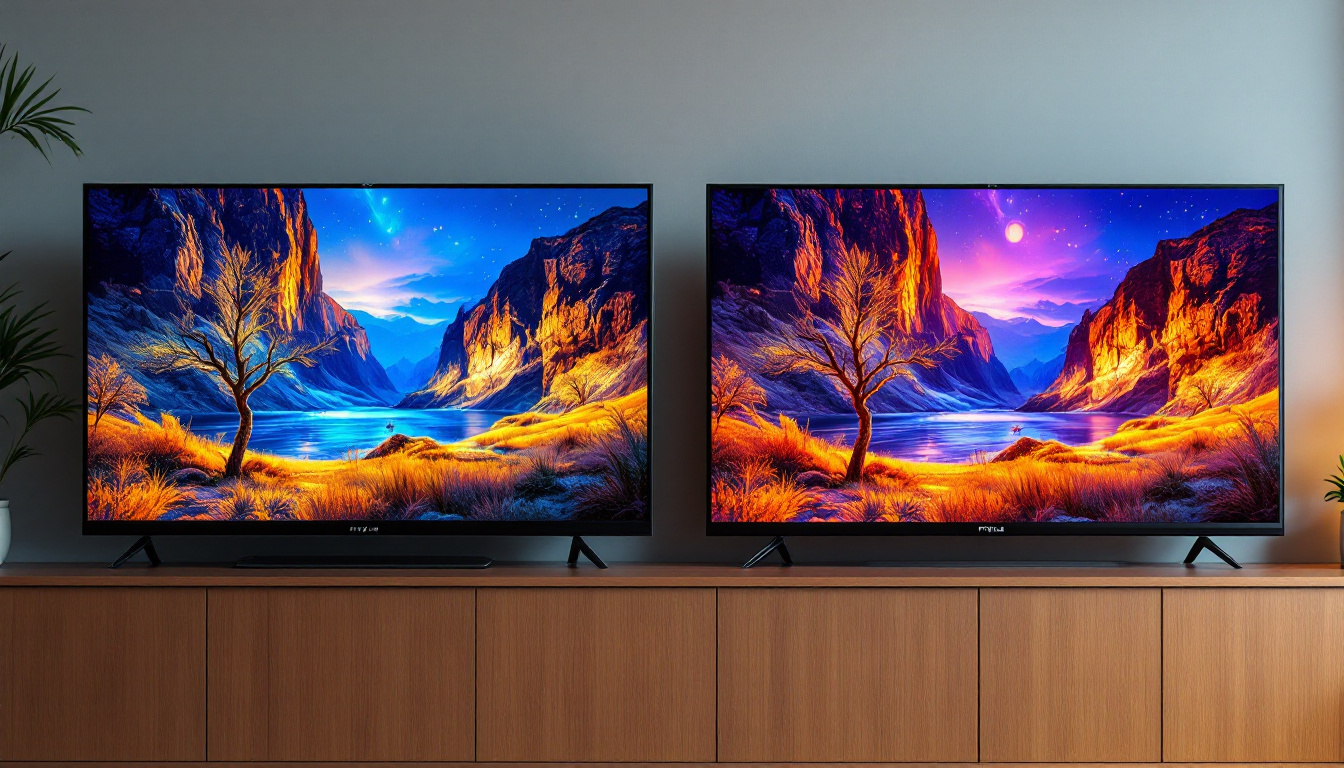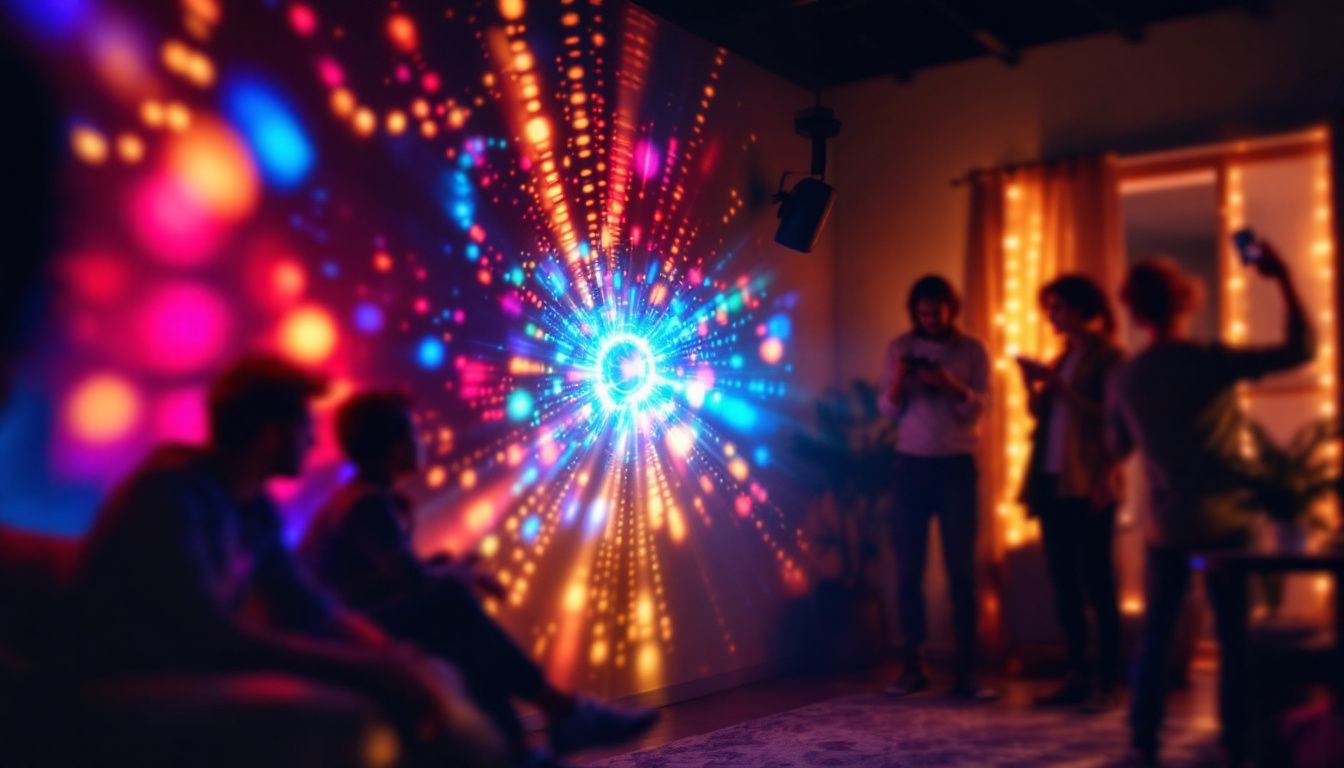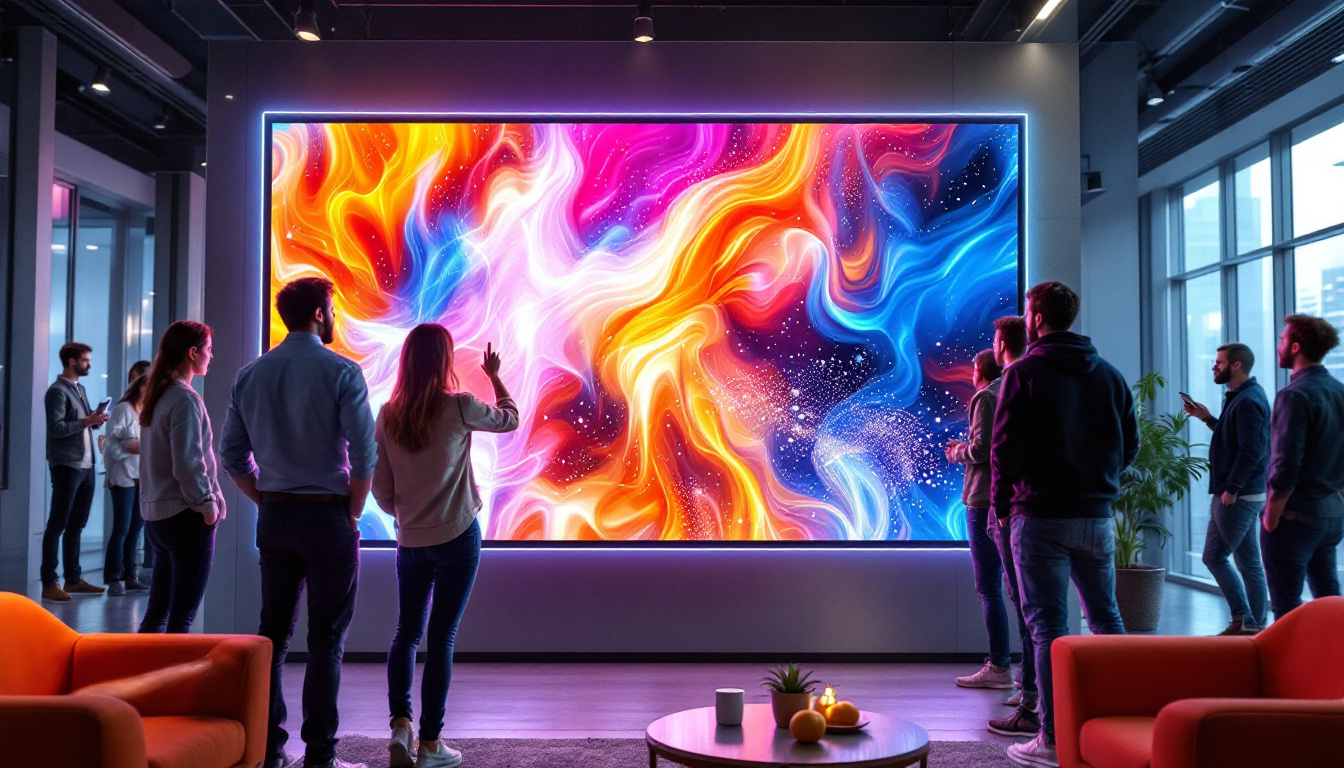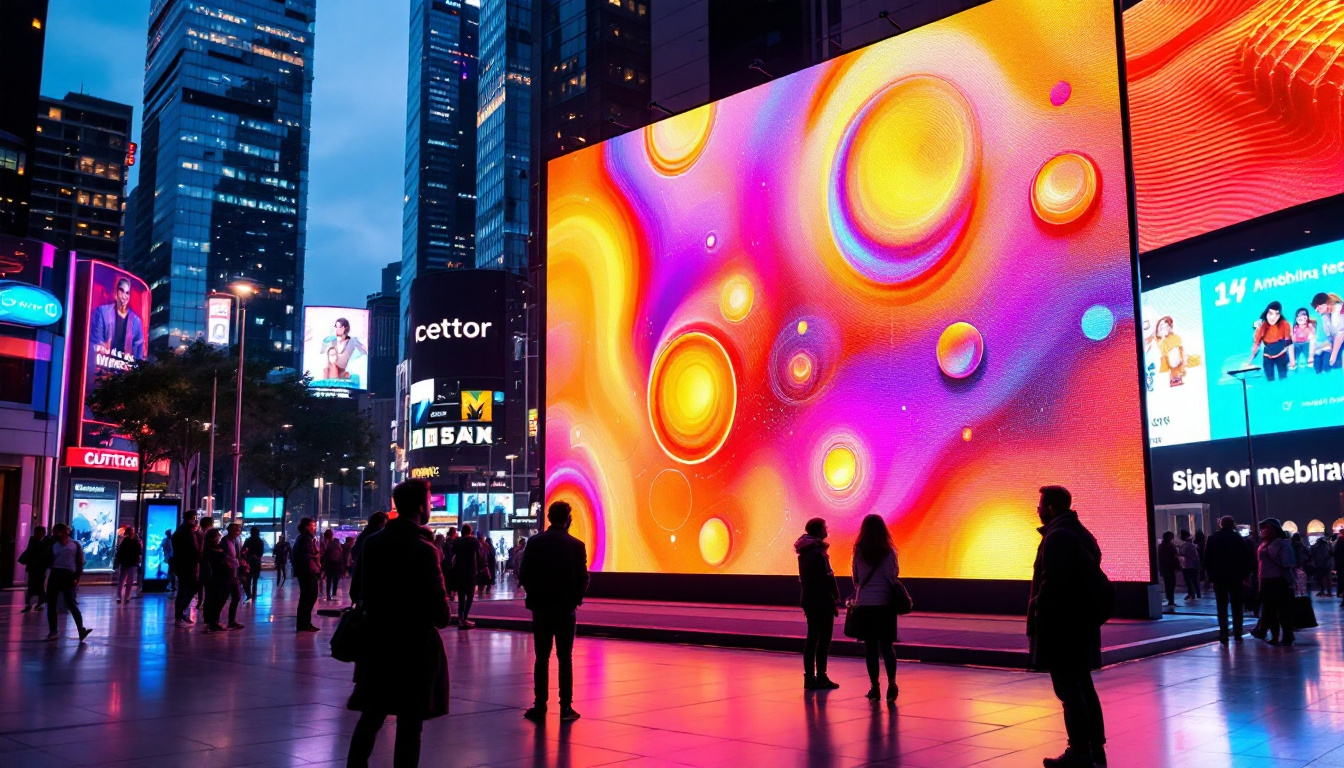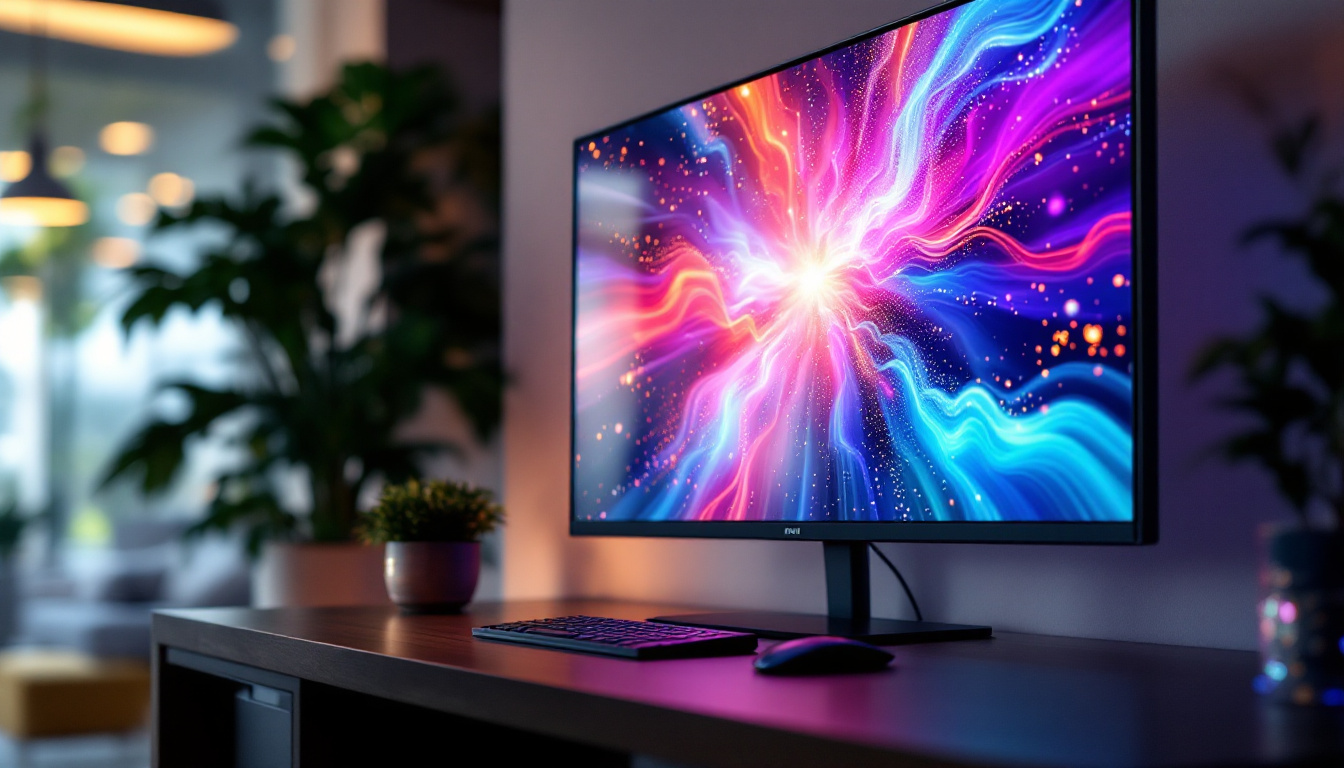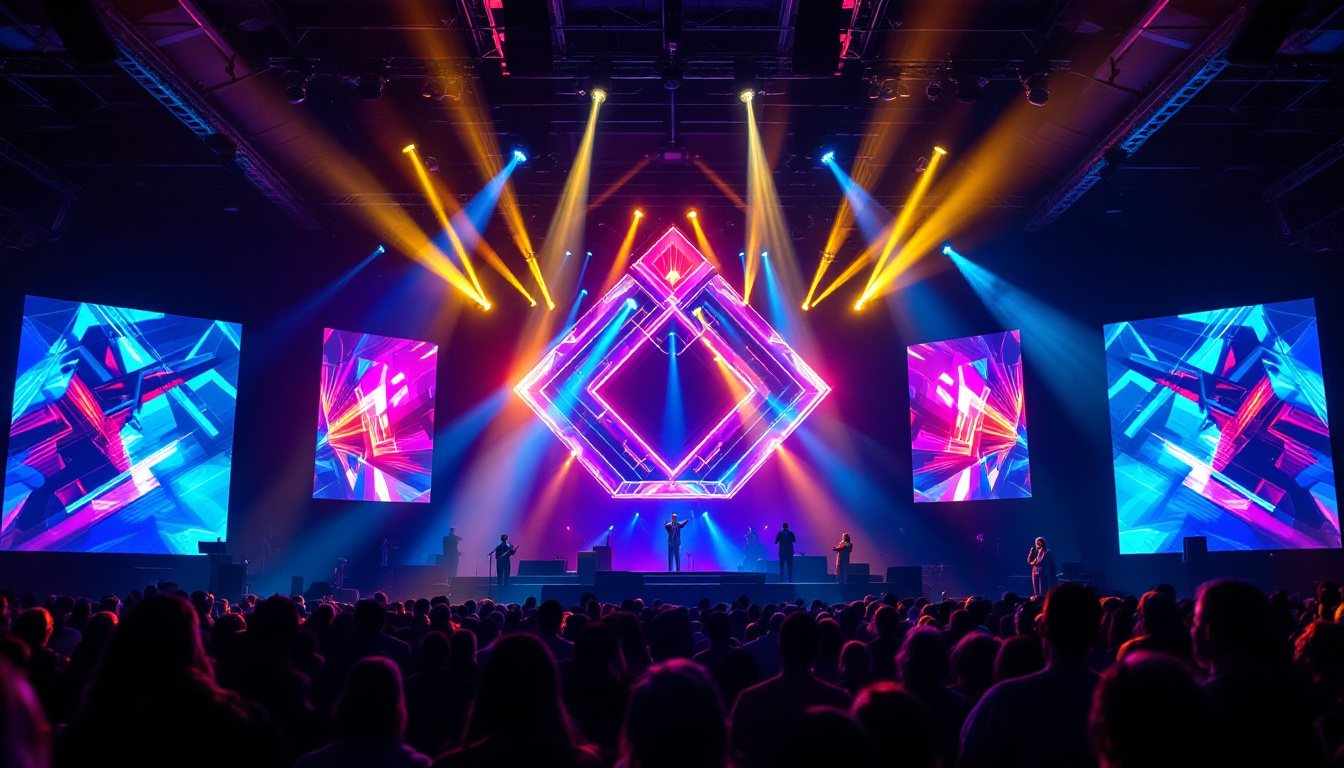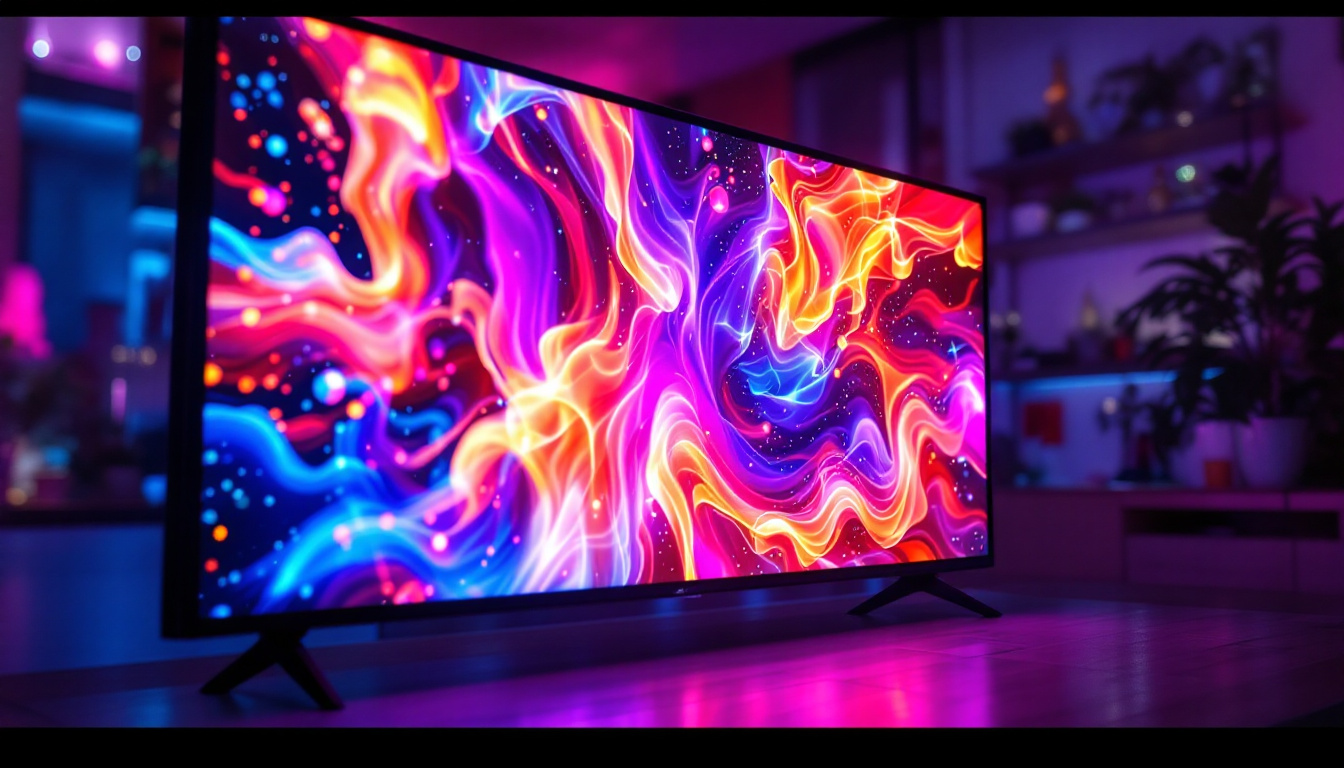In the modern era of technology, LED monitors have become a staple in both professional and personal environments. Their vibrant colors, energy efficiency, and sleek designs make them a popular choice for various applications. When combined with wall mounts, these monitors not only save space but also enhance the viewing experience. This article delves into the intricacies of LED displays, their advantages, and how wall mounting can transform your workspace or entertainment area.
Understanding LED Technology
Light Emitting Diode (LED) technology has revolutionized the display industry. Unlike traditional LCD screens that use fluorescent backlighting, LED monitors utilize tiny diodes to produce light. This fundamental difference leads to several advantages, including improved brightness, contrast, and energy efficiency.
How LED Displays Work
LED displays function by illuminating pixels with light emitted from diodes. Each pixel consists of red, green, and blue subpixels that combine to create a full spectrum of colors. The ability to control each pixel independently allows for deeper blacks and more vibrant colors compared to traditional displays.
Furthermore, LED technology can be categorized into two types: edge-lit and backlit. Edge-lit displays have LEDs positioned along the edges of the screen, while backlit displays feature LEDs placed directly behind the screen. Each type has its own set of advantages and is suited for different applications. For instance, edge-lit displays are often thinner and lighter, making them ideal for sleek, modern designs in consumer electronics. On the other hand, backlit displays typically offer better uniformity in brightness and color, which is essential for professional environments where image quality is paramount.
Benefits of LED Monitors
LED monitors offer numerous benefits that make them an attractive option for consumers and businesses alike. One of the most significant advantages is their energy efficiency. LED displays consume less power than their LCD counterparts, leading to lower electricity bills and a reduced carbon footprint.
Additionally, LED monitors provide superior image quality. They boast higher brightness levels and better contrast ratios, making them ideal for tasks that require precise color accuracy, such as graphic design or video editing. The fast response times of LED displays also make them suitable for gaming and fast-paced video content. Beyond performance, LED technology is also known for its longevity; many LED monitors can last up to 50,000 hours or more, significantly outpacing traditional displays. This durability not only reduces the need for frequent replacements but also contributes to less electronic waste, aligning with sustainable practices that are increasingly important in today’s eco-conscious market.
Moreover, the versatility of LED technology extends beyond just monitors. It has found applications in various fields, including automotive lighting, architectural designs, and even horticulture, where specific light wavelengths are used to optimize plant growth. This adaptability showcases the innovative potential of LED technology, making it a cornerstone of modern lighting solutions across multiple industries.
Wall Mounting: A Practical Solution
Wall mounting an LED monitor can dramatically change the dynamics of a room. It not only saves valuable desk space but also enhances the aesthetic appeal of an environment. Whether in a home office, living room, or conference room, a wall-mounted monitor can create a clean and organized look.
Space-Saving Benefits
One of the primary reasons for wall mounting an LED monitor is to save space. Traditional monitor stands can take up significant desk real estate, which can be a limitation in smaller areas. By mounting the monitor on the wall, the desk can be utilized for other purposes, such as holding documents, office supplies, or decorative items.
Furthermore, wall mounting allows for better organization of cables and wires. With the right mounting accessories, cables can be neatly routed along the wall, reducing clutter and creating a more streamlined appearance. This not only enhances the visual appeal but also makes cleaning and maintenance much easier, as there are fewer items on the desk to navigate around.
Improved Ergonomics
Another advantage of wall mounting is the potential for improved ergonomics. The height and angle of the monitor can be adjusted to suit the viewer’s needs, reducing strain on the neck and eyes. Proper positioning can lead to a more comfortable viewing experience, especially during long hours of use.
For instance, a monitor mounted at eye level can help maintain good posture and reduce the risk of musculoskeletal issues. This is particularly important in professional settings where employees spend extended periods in front of screens. Additionally, the flexibility of wall mounting allows users to change their viewing angles easily, accommodating different tasks such as collaborative work or presentations, where multiple viewers may need to see the screen simultaneously.
Moreover, the ability to tilt or swivel the monitor can further enhance comfort and accessibility. For example, a tilting mount can help minimize glare from windows or overhead lights, ensuring that the screen remains visible and easy to read. This adaptability not only contributes to a healthier workspace but can also increase productivity, as users can focus better on their tasks without the distraction of discomfort or visual strain.
Choosing the Right Wall Mount
Selecting the appropriate wall mount for an LED monitor is crucial for ensuring safety and optimal performance. There are various types of mounts available, each designed to cater to different needs and preferences.
Types of Wall Mounts
Wall mounts can generally be categorized into three main types: fixed, tilting, and full-motion mounts. Fixed mounts are the simplest option, keeping the monitor flat against the wall. They are ideal for situations where the viewing angle does not need to be adjusted frequently.
Tilting mounts allow for slight adjustments in the vertical angle of the monitor, which can be beneficial for reducing glare from overhead lighting. On the other hand, full-motion mounts offer the most flexibility, allowing users to swivel and tilt the monitor in multiple directions. This is particularly useful in multi-user environments or when the monitor needs to be viewed from different angles.
Weight and Size Considerations
When choosing a wall mount, it is essential to consider the weight and size of the LED monitor. Each mount is rated for specific weight limits, and exceeding these limits can result in damage to both the monitor and the wall. Additionally, the size of the monitor should be compatible with the mount’s specifications to ensure a secure fit.
Most manufacturers provide guidelines on the appropriate mount for each monitor model, making it easier for consumers to make informed decisions. It is advisable to follow these recommendations to ensure safety and functionality.
Installation Tips for Wall-Mounted Monitors
Installing a wall-mounted LED monitor can seem daunting, but with the right approach, it can be a straightforward process. Proper installation is critical for ensuring the monitor’s safety and longevity.
Gathering the Necessary Tools
Before beginning the installation, it is essential to gather all necessary tools and materials. Common tools include a stud finder, level, drill, screwdriver, and measuring tape. Additionally, having a helper can make the process easier, especially when lifting and positioning the monitor.
It is also important to read the installation instructions provided by the mount manufacturer. These instructions often contain valuable information specific to the mount type and model, ensuring a successful installation.
Finding the Right Location
Choosing the right location for the monitor is a critical step in the installation process. The ideal height for mounting is typically at eye level when seated, which helps reduce neck strain. Additionally, consider factors such as glare from windows and lighting, as these can impact the viewing experience.
Using a stud finder to locate wall studs is essential for securing the mount properly. Mounting the monitor on a stud provides the necessary support and stability, preventing potential accidents.
Maintaining Your LED Monitor
Once the LED monitor is installed, regular maintenance is necessary to ensure its longevity and performance. Proper care can help prevent issues and keep the display looking its best.
Cleaning and Care
Cleaning the monitor screen regularly is essential for maintaining clarity and color accuracy. Use a microfiber cloth and a gentle cleaning solution specifically designed for electronics. Avoid using harsh chemicals or abrasive materials, as these can damage the screen.
Additionally, dusting the area around the monitor can help prevent dust buildup, which can affect performance and aesthetics. Keeping cables organized and free from tangles can also contribute to a cleaner and more efficient workspace.
Updating Software and Drivers
For monitors equipped with smart features, ensuring that the software and drivers are up to date is crucial. Manufacturers often release updates that can enhance performance, fix bugs, and improve compatibility with other devices.
Regularly checking for updates can help users take full advantage of the monitor’s capabilities, ensuring a seamless experience whether for work or entertainment.
Conclusion
LED monitors with wall mounts offer a perfect blend of functionality and style. Their advanced technology provides superior image quality, while wall mounting enhances ergonomics and saves space. By understanding the benefits of LED displays and the importance of proper installation and maintenance, users can enjoy an optimal viewing experience in any setting.
As technology continues to evolve, LED monitors will remain at the forefront of display innovation. Whether for professional use, gaming, or casual viewing, investing in a quality LED monitor and a suitable wall mount can significantly enhance the overall experience.
In conclusion, the combination of LED technology and wall mounting solutions not only improves aesthetics but also promotes a more organized and efficient workspace. Embracing these advancements can lead to a more enjoyable and productive environment.
Explore Cutting-Edge LED Displays with LumenMatrix
Ready to elevate your space with the latest in LED display technology? LumenMatrix is at the forefront of innovation, offering a wide array of LED display solutions tailored to your needs. From captivating Indoor and Outdoor LED Wall Displays to dynamic Vehicle and Sports LED Displays, our products are designed to make a lasting impression. Discover the transformative power of LED displays and how they can enhance your brand visibility and audience engagement. Check out LumenMatrix LED Display Solutions today and take the first step towards a visually stunning future.


